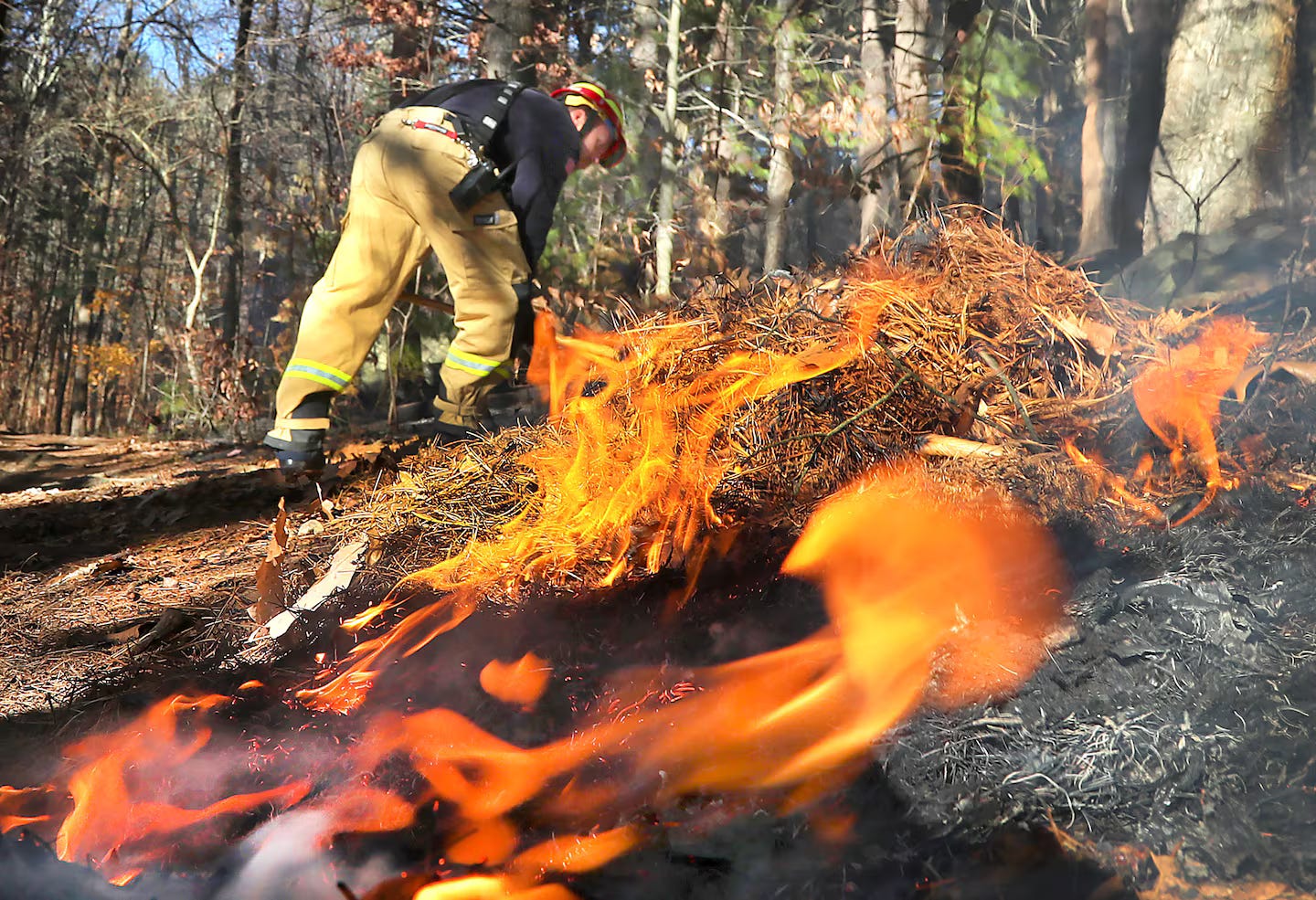Hotspots
Recent data has shown that the world’s oceans, land and atmosphere have become pockmarked with hot spots where the effects of climate change greatly outpace the average amount of global warming.
Some of the effects start with the interactions between the oceans and atmosphere that push hot air from the tropics into northern latitudes that are heating up to four times faster than the global average.
Kinks and loops in the jet stream create regional hotspots where temperatures soar under atmospheric heat domes killing hundreds of thousands of people in every continent except Antarctica.
One such place is Lytton British Columbia of, named for the author who started one of his books with the memorable phrase, “It was a dark and stormy night.”
Unfortunately, it wasn’t a dark and stormy night on June 29, 2021 when temperature rose to a record breaking 121.3 degrees Fahrenheit, perfect conditions for the fire that leveled the town the day after it set the all-time heat record Canada.
Marine heat waves and hot water blobs along with their attendant atmospheric rivers have bleached corals and killed hundreds of thousands of Californian birds then gone on to form killing rain and snow storms as they travel across the country.
Such physically caused hotspots are creating abandonment zones where people are leaving because of heat waves and fires.
Such abandonment zones include barrier beaches and coasts facing sea level rise and more severe storms. They will become more precarious in the north where high tides will reach their thirty year maximum by the mid 2030’s.





